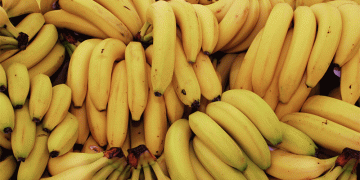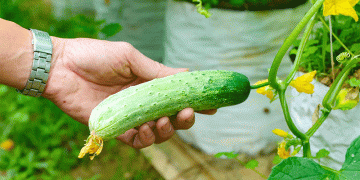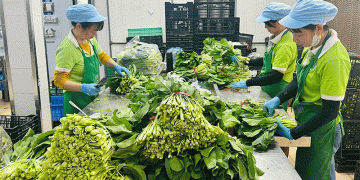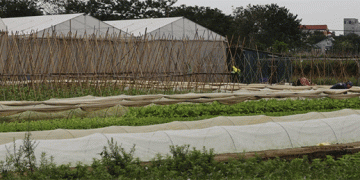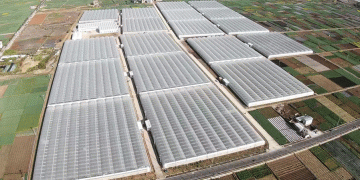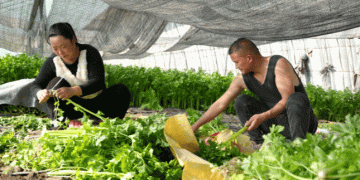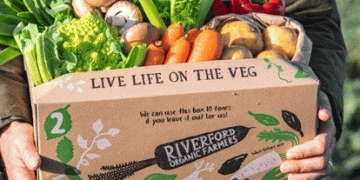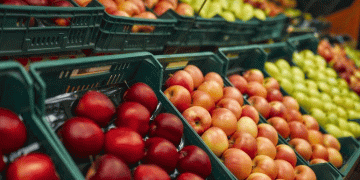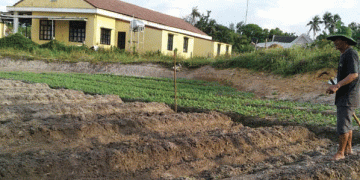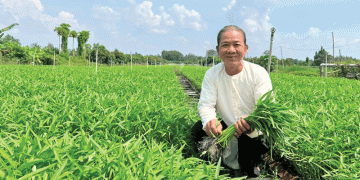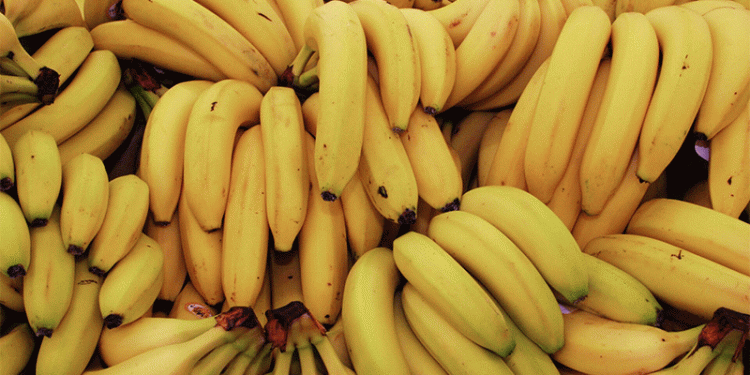Peru’s fresh banana exports in April 2025 reached 13,747 tons, valued at 11.05millionUSD∗∗,markinga∗∗911.05millionUSD∗∗,markinga∗∗90.83 to $0.80 per kg, reflecting ongoing challenges in global banana trade.
Key Markets: Mixed Performance
- Netherlands (Top Buyer, But Declining)
- 4,965 tons ($4.1 million USD)
- 12% drop in volume, 6% decline in value
- Despite lower shipments, the average price rose 6% to $0.83/kg
- Still accounted for 37% of Peru’s total banana exports
- United States (Sharp Decline)
- 2,130 tons ($1.51 million USD)
- 14% decrease in volume, 38% plunge in value
- Average price collapsed by 28%, from 0.98to0.98to0.71/kg
- Suggests possible oversupply or increased competition
- Panama (Strong Growth)
- 1,778 tons ($1.41 million USD)
- 27% increase in volume, 43% surge in value
- Average price up 13% to $0.79/kg
- A rare positive trend amid broader declines
Global Context & Competitive Pressures
The decline in Peru’s banana exports aligns with broader trends in the global market. According to the Food and Agriculture Organization (FAO), banana trade has been volatile due to:
- Rising production costs (fuel, fertilizers, labor)
- Climate disruptions affecting Latin American supply
- Increased competition from Ecuador and Colombia
A recent Rabobank report (2025) highlights that global banana prices remain under pressure due to oversupply in key markets, particularly as Ecuador—the world’s largest exporter—continues expanding production.
Adapting to Market Realities
Peru’s banana sector must navigate price volatility, shifting demand, and climate risks. While traditional markets like the Netherlands and U.S. weaken, emerging opportunities in Panama and Asia (notably China, which has been increasing imports) could offer growth potential.
Farmers and exporters should consider:
✔ Diversifying markets to reduce reliance on a few buyers
✔ Improving cost efficiency to compete with Ecuador and Colombia
✔ Exploring premium markets (organic/Fair Trade bananas) for better margins
